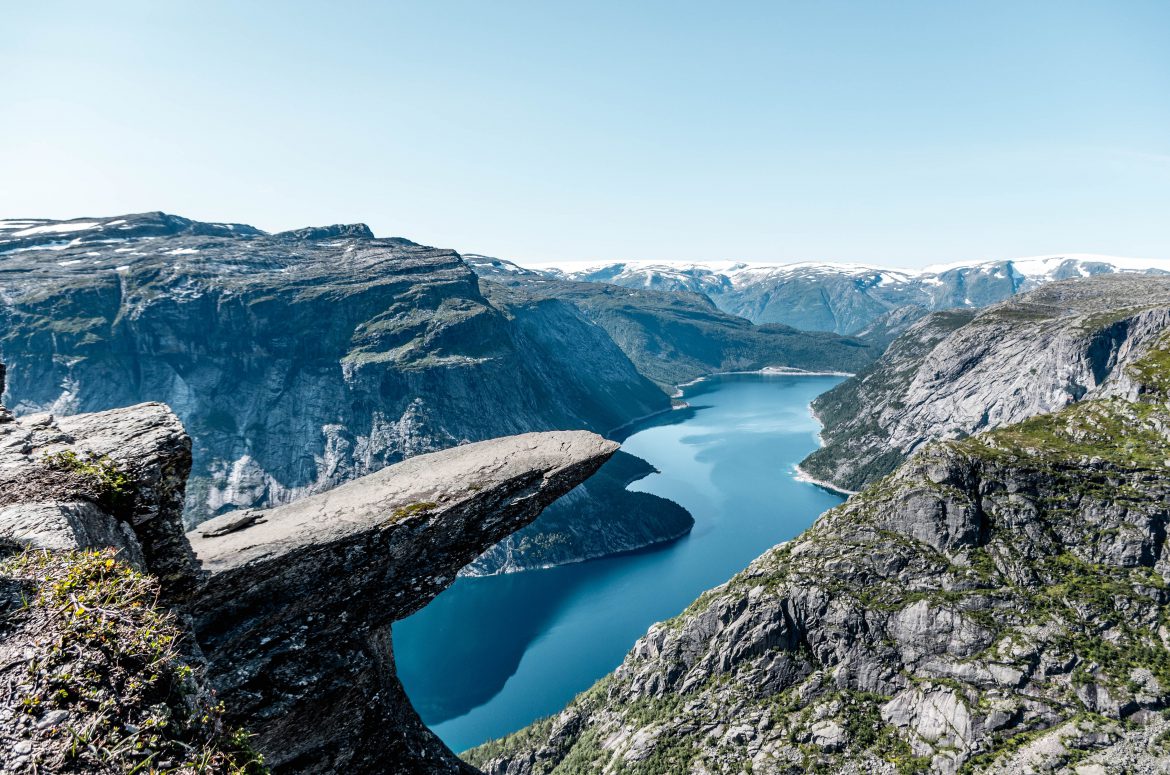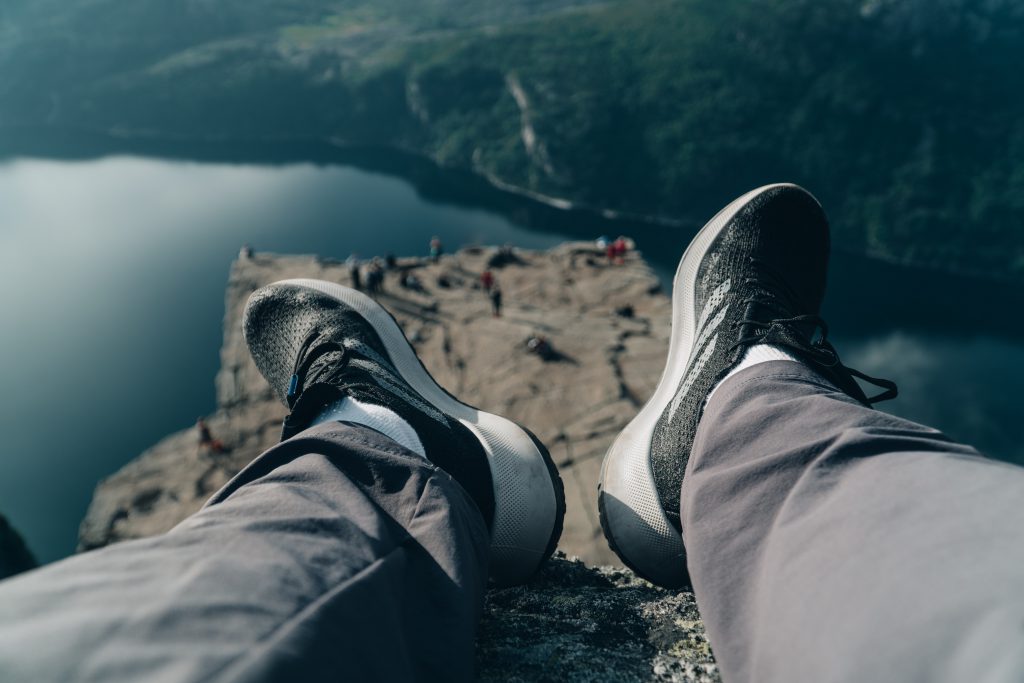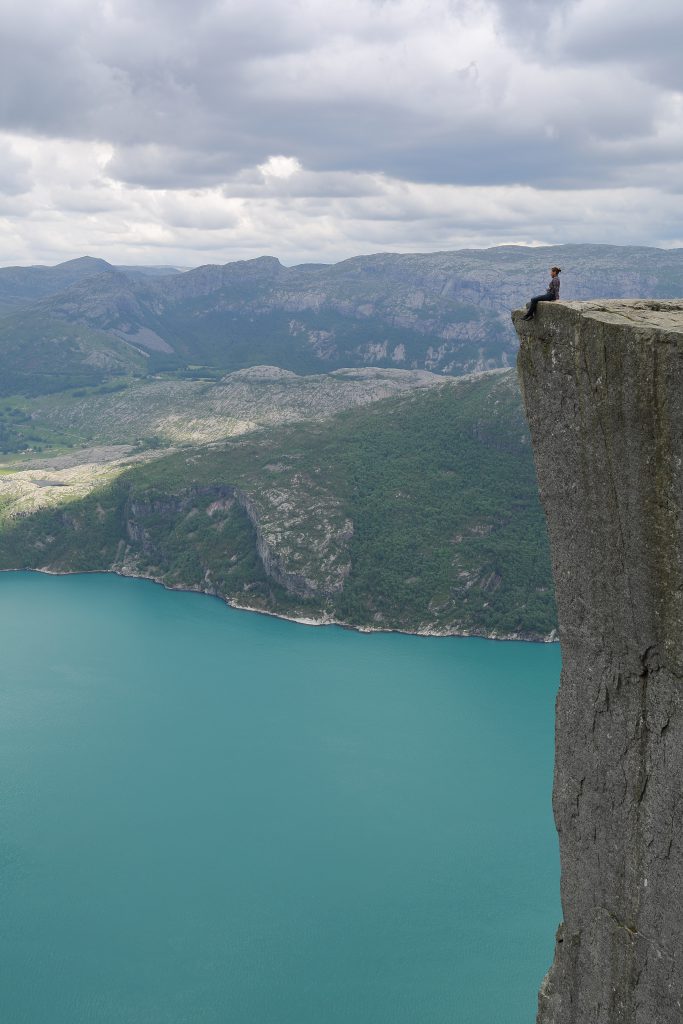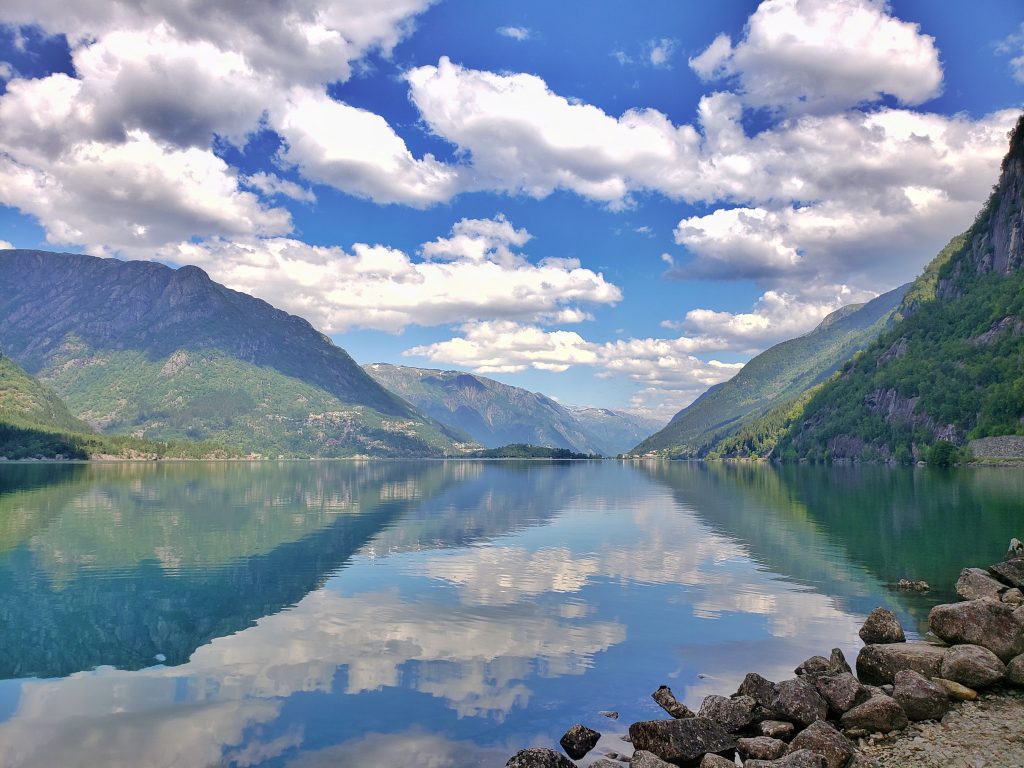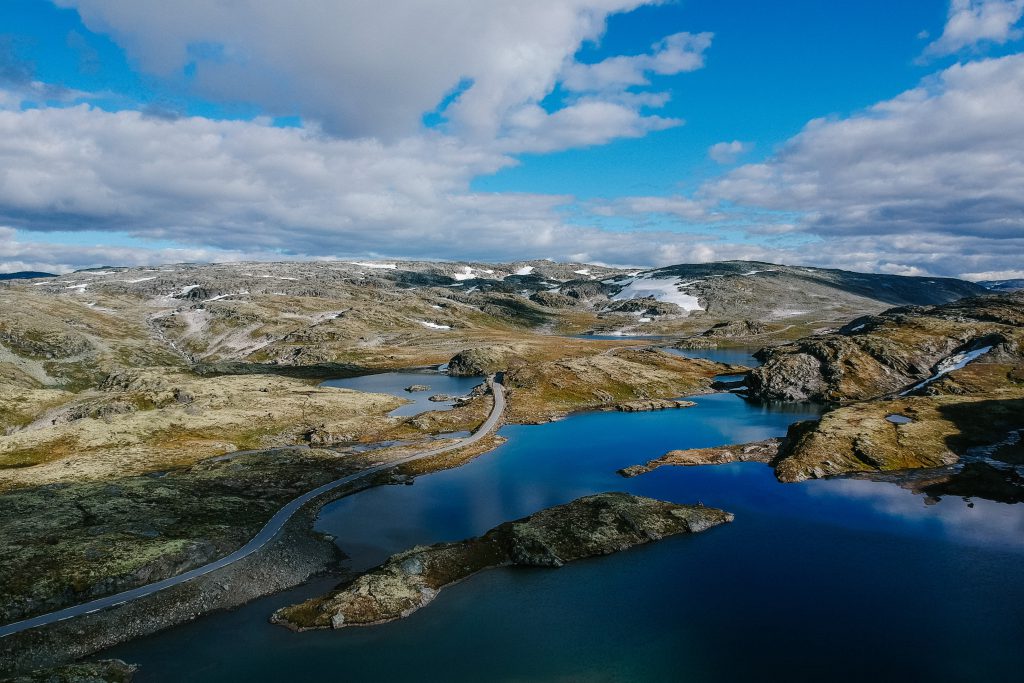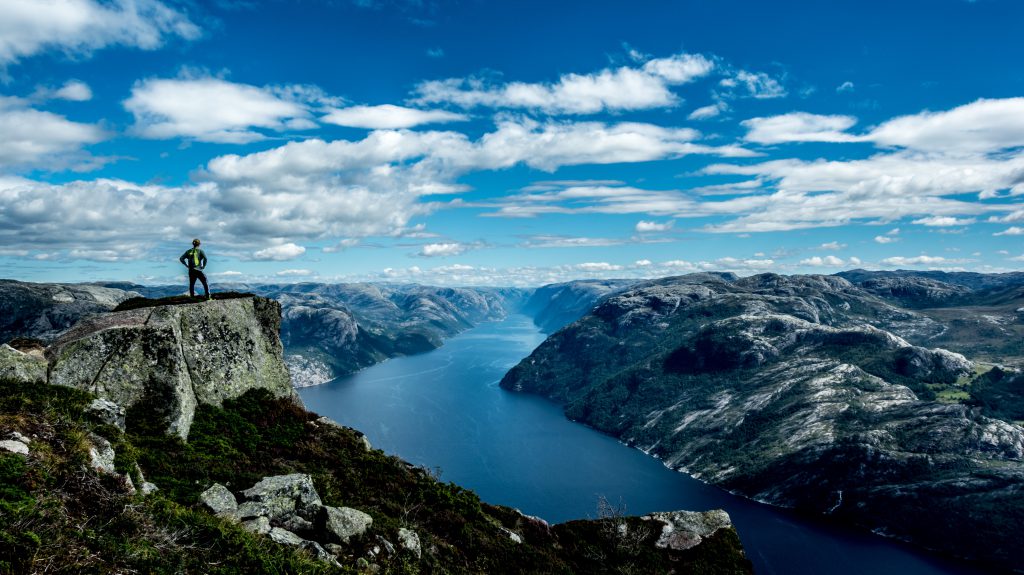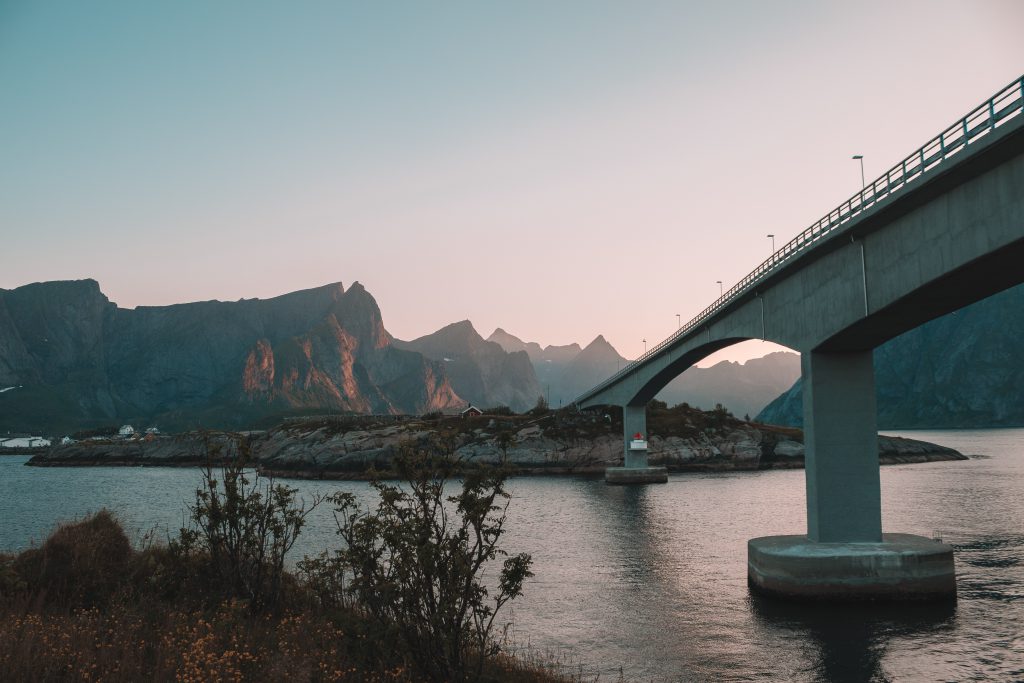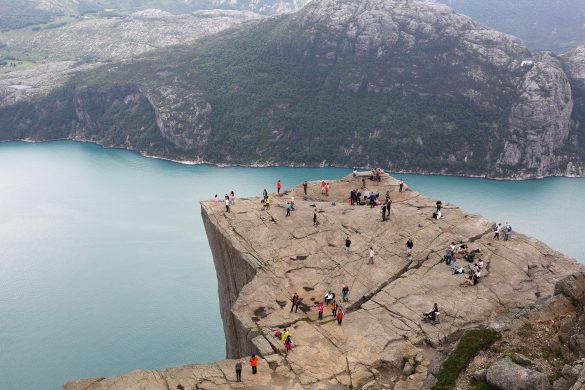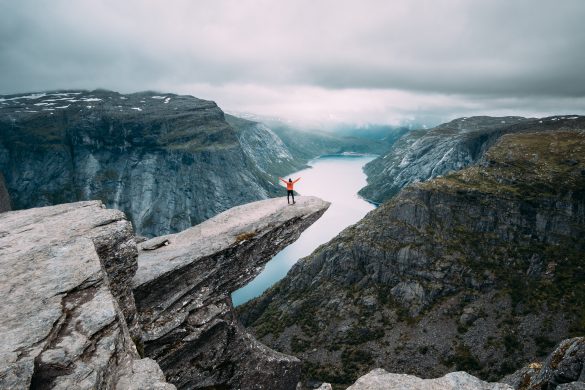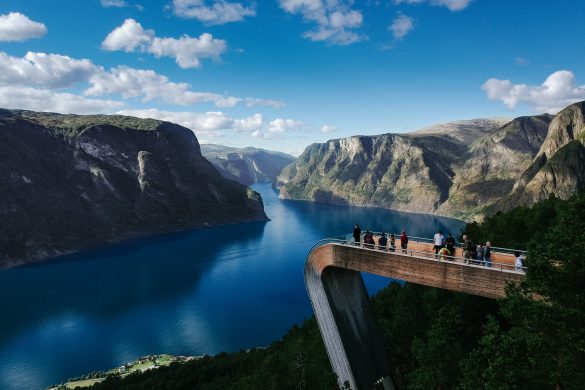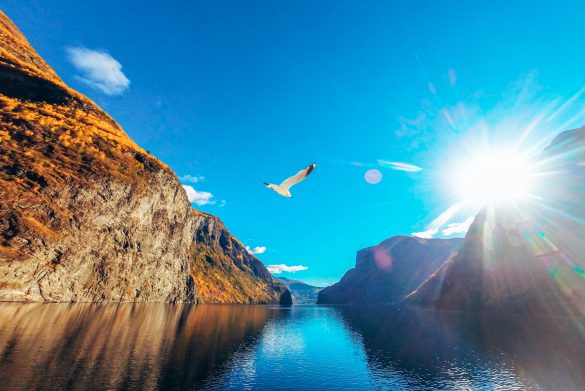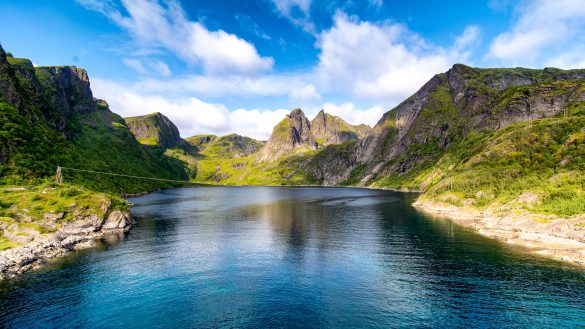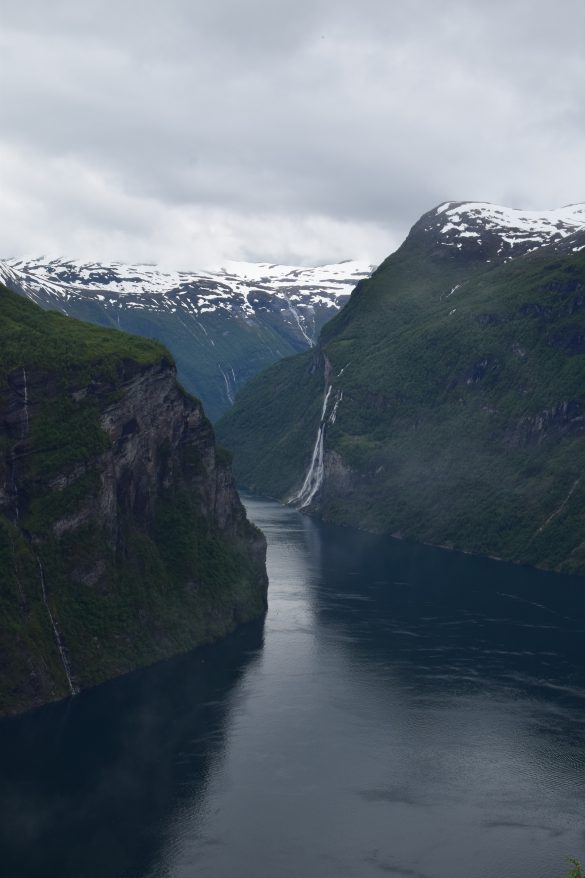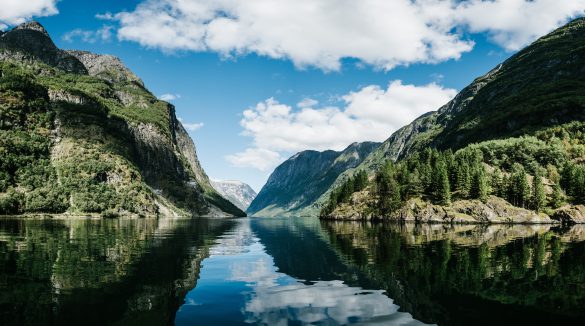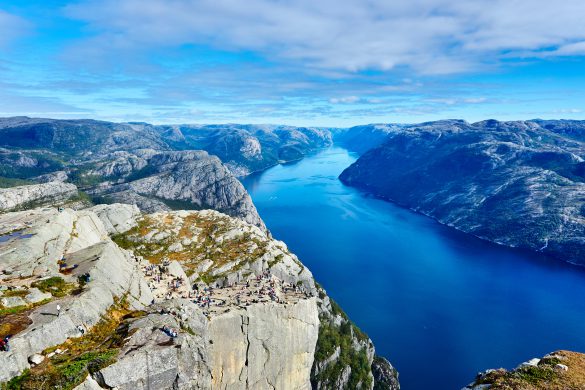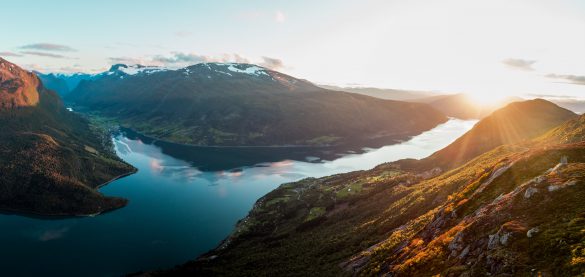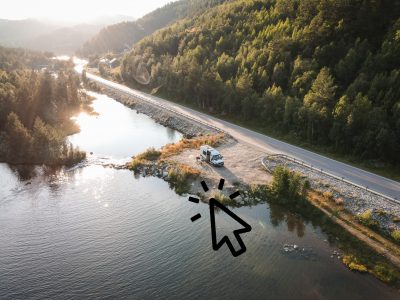If you are planning a trip to the norwegian fjords, here is a list of the most beautiful fjords to include in your itinerary. There are two ways to visit the fjords. You can either take a cruise or a campervan tour. The road trip gives you more freedom and shows you beautiful views from above. As good campervan drivers, we recommend this route. It offers more freedom of choice and you can hike and climb the fjords.
You can rent a campervan in Norway and decide for yourself where to stop and how long to stay.
If you plan your trip to the magical world of Norway’s fjords individually, you have the opportunity to hike the mountains and glaciers and experience the full spectrum of stunning nature up close.
Dies sind die Fjorde, die wir sehen werden:
- Lysefjord
- Handanger-Fjord
- Aurlandsfjord
- Naeroyfjord
- Sognefjord
- Geiranger-Fjord
- Hjorundfjord
- Romsdalsfjord
- Trollfjord
An interesting fact. Can you imagine how such a fjord was formed and what it actually is?
The formation of fjords goes back to the ice age of the earth’s history. In Norway, they are called fjords in the local language, while in Scotland, for example, they are called “firths”.
The Norwegian fjords are considered the most spectacular witnesses of the last ice age.

They were formed by valley glaciers. The runoff from the glaciers flowed through the existing river valleys into the sea, taking the ice rock with it. This made the original river valley wider, abyssal and gave it its typical U-shape. This also explains why a fjord can be very deep inland, up to 1000 metres below sea level, and becomes shallower towards the mouth. In its estuary, a fjord often has shallows caused by the upwelling of the glacier tongue. When the glaciers retreated at the end of the Ice Age, the way was free for seawater to flow into the deep washed-out valleys.
The most beautiful Norwegian fjords
Lysefjord
Lysefjord, home of the granite giants. If you want to rent a campervan for your trip, you are completely independent in your planning. The journey takes you from Bergen to Stavanger and from there you can take the car ferry to Tau. Below the Preikestolen car park, the world-famous lookout point, lies the Lysefjord, which is as deep here as the cliffs that rise from its shores are high. Take your time and hike on to the rocky plain of Kjerag. There you can admire the famous Kjeragbolten. The huge boulder is wedged between two rocks.
Handanger-Fjord
The Handanger Fjord, the mountains and the glacier, four thundering waterfalls and hundreds of thousands of fruit trees. The world’s third longest fjord with a rich cultural history, world-famous icons and unique natural experiences is considered the queen of fjords. It takes about an hour to reach the fjord from the mountains in your campervan.
Aurlandsfjord
The Aurlandsfjord, at 17 kilometres long, is the longest and most picturesque fjord. The mountains on its shores are up to 1,400 metres high. On its shores are the small towns of Flam, Aurland and Undredal. One of the most spectacular railway journeys in the world starts from Flam. A great excursion is the fjord cruise on the electric catamaran “Legacy of The Fjords”. The breathtaking trip takes you through the UNESCO World Heritage area.
Naeroyfjord
Naeroyfjord, the wild branch of the Sognefjord. Here you will experience the Norwegian fjords from their wildest and most powerful side, with steep, snow-covered mountains and unruly waterfalls in the midst of a living cultural landscape. Spectacular how small farms cling to the mountainsides.
Sognefjord
The Sognefjord is Norway’s longest and deepest fjord at 204 kilometres. The region around the Sognefjord is a UNESCO World Heritage Site. On your tour of Norway’s fjords, you will find various national parks, such as Jotunheimen National Park and Jostedalsbreen Glacier National Park. On several glacier arms of the Jostedalsbreen, you can go on exciting glacier hikes with experienced guides.
Geiranger-Fjord
The Geiranger Fjord is the most famous and most visited Norwegian fjord. Not only are the steep mountain slopes imposing, but also the most impressive waterfalls. Famous are the “Seven Sisters” and the “Suitor”. They are directly opposite each other. A magnificent play of colours awaits you at the “Bridal Veil”. It is not so untamed and falls delicately like a veil over the rocks. But when the sunlight shines through the water, the thin veil of water shimmers in the most beautiful colours.
Hjorundfjord
Hjorundfjord is only 35 kilometres long. It is a branch of the Storfjord south of Alesund. The fjord shores to the right and left are densely forested and create a magical atmosphere. The forests benefit from the abundant rainfall in the area.
Romsdalsfjord
The Romsdalsfjord is the fjord with the most fish. The mountains tower majestically along its 94-kilometre length. Close to the shore, the cliffs drop steeply and the tidal current ripples the shallow water. Cod and haddock appear here.
Trollfjord
The Trollfjord offers you an extraordinary natural spectacle among Norway’s fjords. It is only two kilometres long, with a mouth of 100 metres, but it widens inland to 800 metres. The “Devil’s Channel” lies between the island groups of Vesteralen and Lofoten. It is actually a branch of the Raftsund, a waterway that originally served as a trade route before the development of the Norwegian road network. The difference in height between the rock faces is gigantic.
Journey through a UNESCO World Heritage Site

The prestigious “World Heritage Site” designation is usually also seen as an enticement for streams of tourists. UNESCO requires a concept for the protection and preservation of world heritage sites.
